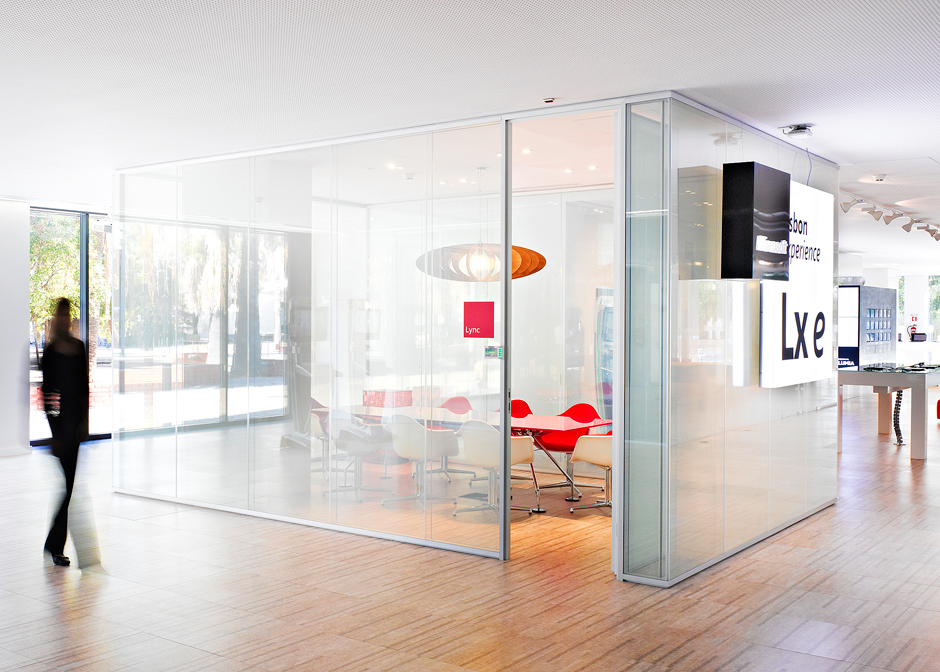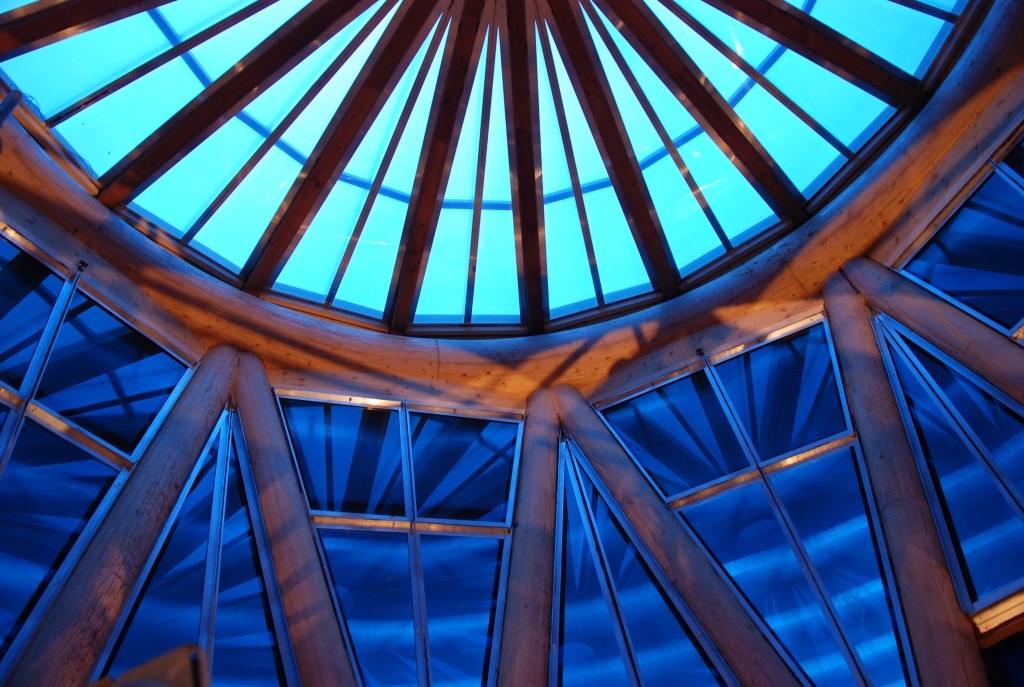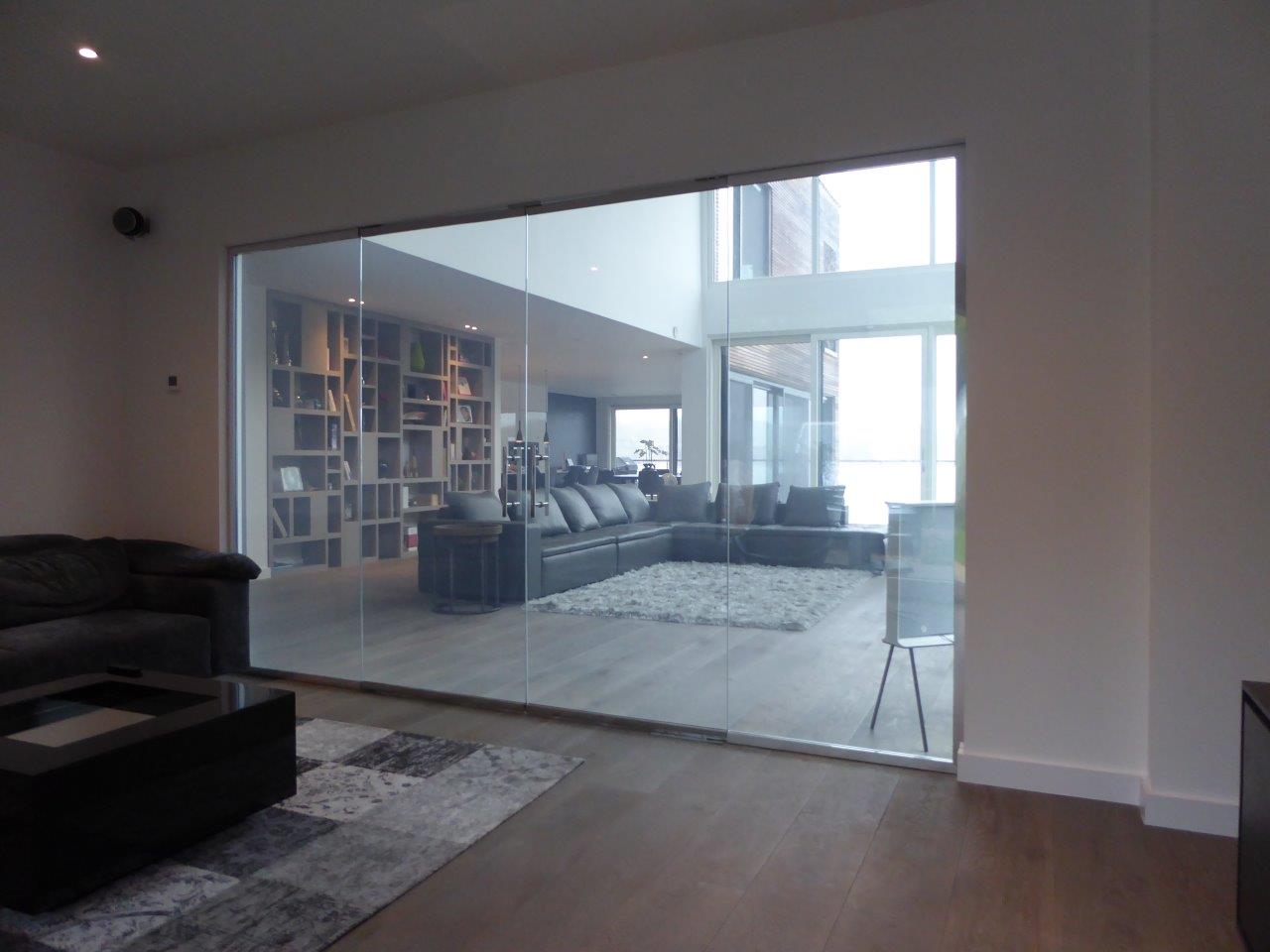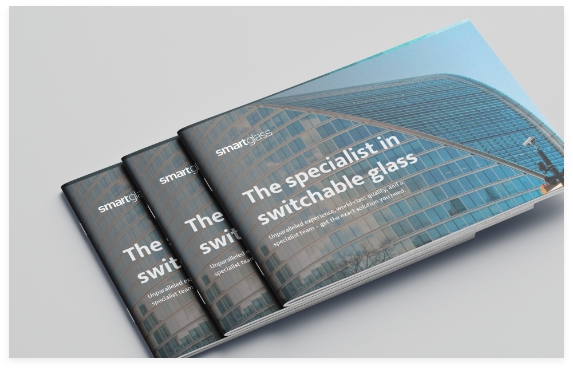Download Smartglass Brochure
spaces that adapt to users’ needs at the flick of a switch.
Despite still being early in 2019, it’s already becoming apparent that glass will be a key component of architectural designs in the year to come. Both commercial and residential architects are including more glass elements in their plans, for both the aesthetics and efficiencies offered. Below we outline some of the biggest trends we expect to feature in developments over the course of this year and beyond.
Recent reports predict the market for switchable glass will almost reach $3.5 billion by 2026. The majority of this growth will be in the building sector, with commercial office spaces taking advantage of the significant cost savings and energy efficiency that’s offered. Employees also benefit from the increased natural light and access to views of the outdoors, which have been shown to improve both their health and productivity.
Switchable privacy glass is increasingly being used in the home to separate rooms into different areas without reducing the appearance of space, e.g. to create a shower cubicle in a bathroom, as well as a growing number of inventive applications.

Advances in printing and imaging technology have seen a growth in the use of customised imagery being digitally printed onto glass windows and partitions. Public spaces especially are using the technology to bring nature indoors, support visual merchandising, recreate historic scenes or to define the atmosphere of a venue.
What was once restricted heavily by image size and quality is now as simple as taking a picture with a smartphone and having a design generated automatically that can be scaled to any size, giving architects and designers of any level the opportunity to express themselves with ease.
If fully printed glass would be a step too far for your designs, more subtle textures, shapes and other design features can be incorporated into architectural glass. These can range from simple atmospheric enhancements like tonal changes or discrete colouring to more prominent ‘conversation starter’ features in corporate premises, bars and restaurants, or even the home.
In March 2007, the European Union confirmed the need to save around 300 million tonnes of CO2 every year from buildings alone by 2020. As a result, demand for energy efficient materials is growing, including solar control glass. Solar control glass allows sunlight to pass into buildings, while reflecting and radiating a large proportion of the associated heat. This means that spaces benefit from an abundance of natural light, while remaining much cooler than if normal glass were used, which offers considerable energy savings.

First popular in the sixties and seventies, smoked glass adds an element of mystery and drama to architectural designs. The dark opacity of the glass provides privacy in a more stylish fashion, meaning it can be used for a wide range of applications, including tables, chandeliers and other lighting, bath enclosures, kitchen cabinets and more.
Glass shelves are fast becoming the more popular alternative to traditional wooden shelving. They not only offer more aesthetic options than their wooden counterparts, they generally require less space and are easier to clean. Now available in many colours and with flexible designs, they can be creatively formed into interesting shapes to match the theme of a room and offer much more exciting options for displaying treasured artworks and artifacts.
Dating back more than a thousand years, stained glass is one of the oldest art forms in existence. Rich hues of light are cast onto walls and floors, creating art that moves with the sun over the course of a day. Due to its prominent use in churches, cathedrals, mosques and other temples, it was considered to be too old fashioned by designers for a long time. Now that is starting to change, with architects and designers creating stained glass lanterns, window treatments and wall hangings, replacing more traditional imagery and decoration with fresh geometric patterns and shapes.

A feature that’s becoming more popular in modern homes and offices is a sliding glass wall. These allow rooms to benefit from an abundance of natural light all year round, while offering the chance to fully open the room up to the outdoors, when weather conditions allow. This creates a more fluid relationship between the outside and indoors and gives architects almost limitless freedom to create more unique projects that capture the imagination.
These are just some of the trends identified for the year so far and it’s likely more will emerge as the year progresses, so there are definitely exciting times ahead. Smartglass International are proud to be ahead of the trends with our versatile glass solutions. For more information about how to incorporate smart glass in your own design, contact Smartglass International today or check out some of our innovative smart glass projects here.
*Article updated: January 2019

Wherever you are in the world one of our team will be in touch to advise on the best smart glass solution for your needs.